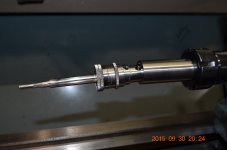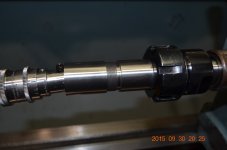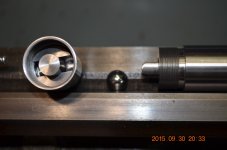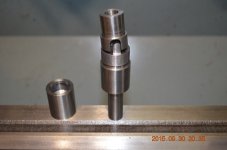What are your thoughts on a hands free floating reamer holder vs a bald eagle type holder? I have a bald eagle and i have another that I made that's a little heavier/beefier, yet functions with the same principle. Both work well but I worry about side loading these types of holders with the right angle handles.
I was talking with a friend of mine about his PTG floating holder that's hands free and he loves his. He like the fact that the reamer retracts perfectly. no side loading, if that's the proper term?? I hate to spend 250$ for another holder, but if I though it was worth the money id do it!! Just looking for your fellas opinions at this point. Lee
I was talking with a friend of mine about his PTG floating holder that's hands free and he loves his. He like the fact that the reamer retracts perfectly. no side loading, if that's the proper term?? I hate to spend 250$ for another holder, but if I though it was worth the money id do it!! Just looking for your fellas opinions at this point. Lee






